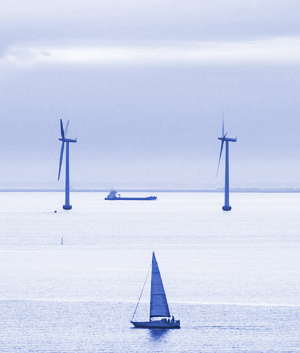Offshore wind workers needed
 Experts say Australia lacks the workforce for an aggressive offshore wind expansion.
Experts say Australia lacks the workforce for an aggressive offshore wind expansion.
Renewable energy companies are on the hunt for a skilled workforce to help meet the demands of the industry.
One such company, BlueFloat Energy, has committed to investing $10 billion in the development of offshore wind farms in Australia, and is already lining up a workforce and training programs to ensure the success of their projects.
From welders to structural engineers, BlueFloat Energy says it is seeking to hire a range of workers with skills specific to the green economy.
BlueFloat Energy’s Nick Sankey believes that the transition from fossil fuels to renewables presents a unique opportunity for job creation and social development.
“We are not the only project that’s planning to go ahead,” he recently told reporters.
“This is a really unique time in Australia’s development where we have all this knowledge-generation infrastructure that needs to be replaced.”
Despite concerns that the transition to renewables will disproportionately affect regional areas with a heavy reliance on fossil fuels, Sankey believes that the existing fossil fuel workforce is a prime target for green energy companies such as his.
“Many of the trades, the basic skills we will need currently exist. But there will need to be quite a bit of specialised training that goes on top of that,” he said.
BlueFloat Energy’s four planned developments along the east and south coast of Australia have an existing fossil fuel workforce as a contributing factor to the location of the turbine sites.
The company is working with TAFEs and universities to develop training programs, including in engineering, maritime operations, conservation, business, health, and safety, to ensure that their workforce is equipped with the specialised skills needed to undertake these projects.
According to Sankey, BlueFloat Energy anticipates a workforce of 2,000 to 3,000 will be needed during the construction phase of the Gippsland project, with 300 continuing jobs once operational.
The Gippsland project is designed to generate 2.1 gigawatts, enough to power 1 million homes a year.
The coal-powered Loy Yang B, which generates just 1 gigawatt, will be decommissioned in 2035.








 Print
Print